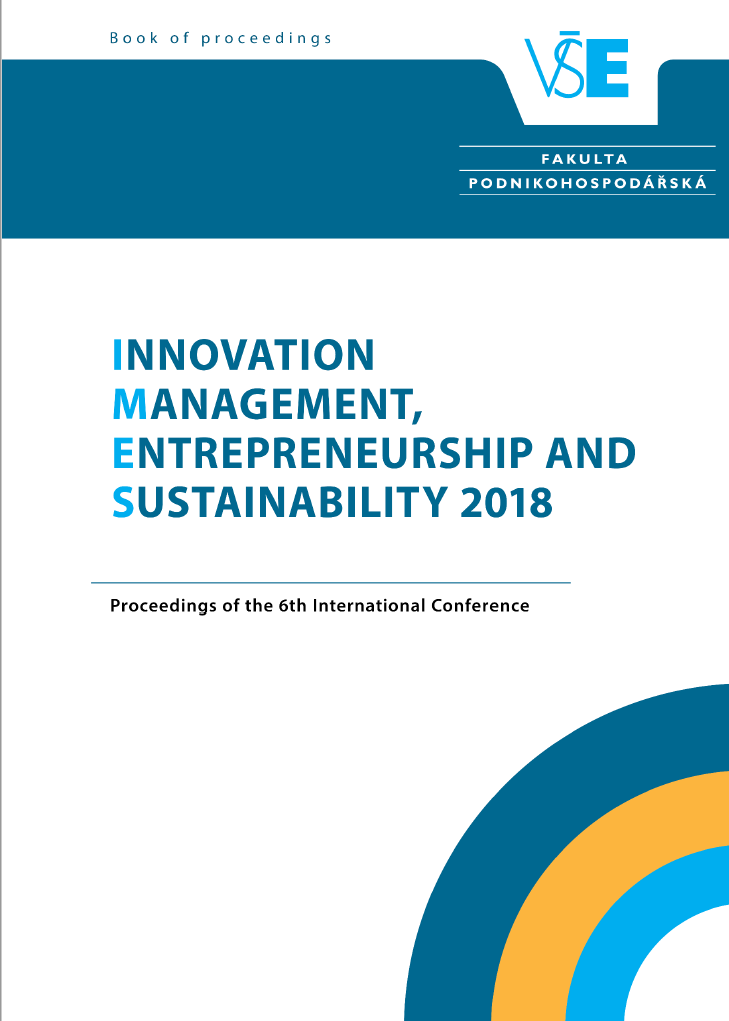Educational Institutions Development: Two Basic Types of Organizational Structure
Educational Institutions Development: Two Basic Types of Organizational Structure
Author(s): Igor V. Denisov, Alexander L. Bobkov, Oksana V. Kuchmaeva, Oksana V. Savchina
Subject(s): Social Sciences, Economy
Published by: Vysoká škola ekonomická v Praze
Keywords: Organizational development; organizational structures; educational organizations; statistical analysis
Summary/Abstract: Purpose:The objective of this study is to prove the hypothesis implies that two types of organizational structures (sequential and parallel) dialectically replace each other, qualitatively changing in the process of organizations’ growth, but at the same time at each new level of development organizations retain their defining properties.
Design/methodology/approach: In this context, educational organizations of similar size, as well as having similar (sequential or parallel) organizational structures form homogeneous groups. A common method for determining such groups is cluster analysis for identifying clusters. The secondary data about Czech private educational organizations for the study has beenalsoused.
Findings:Cluster analysis revealed 7 clusters and after analyzing the average values of the variables in these clusters weallocatedfive groups. The first group includes75 small private educational organizations with educational services being provided mostly in one place. The second group (37 organizations) consists ofsmall networked educational organizations. The third group (259 organizations)-various educational organizations, usually providing educational services again in one place. The fourth group (3 organizations) includeslarge networked educational organizations. And, finally, the fifth group (3 organizations) -the largest educational organizations, providing educational services in one place.
Research/practical implications:The obtained results suggest that the general scheme of the evolution of private educational organizations can be presented as universal.
Originality/value:The research results generally confirm the hypothesis. In particular, in the process of conducting the study, significant differences in the effectiveness of the activities of educational organizations of comparable sizes are revealed. This may be due to both the specifics of data records in organizations and the type of educational services provided. The latter hypothesis is confirmed by an additional two-stage cluster analysis for quantitative and qualitative indicators.
Book: Innovation Management, Entrepreneurship and Sustainability (IMES 2018)
- Page Range: 190-200
- Page Count: 11
- Publication Year: 2018
- Language: English
- Content File-PDF

